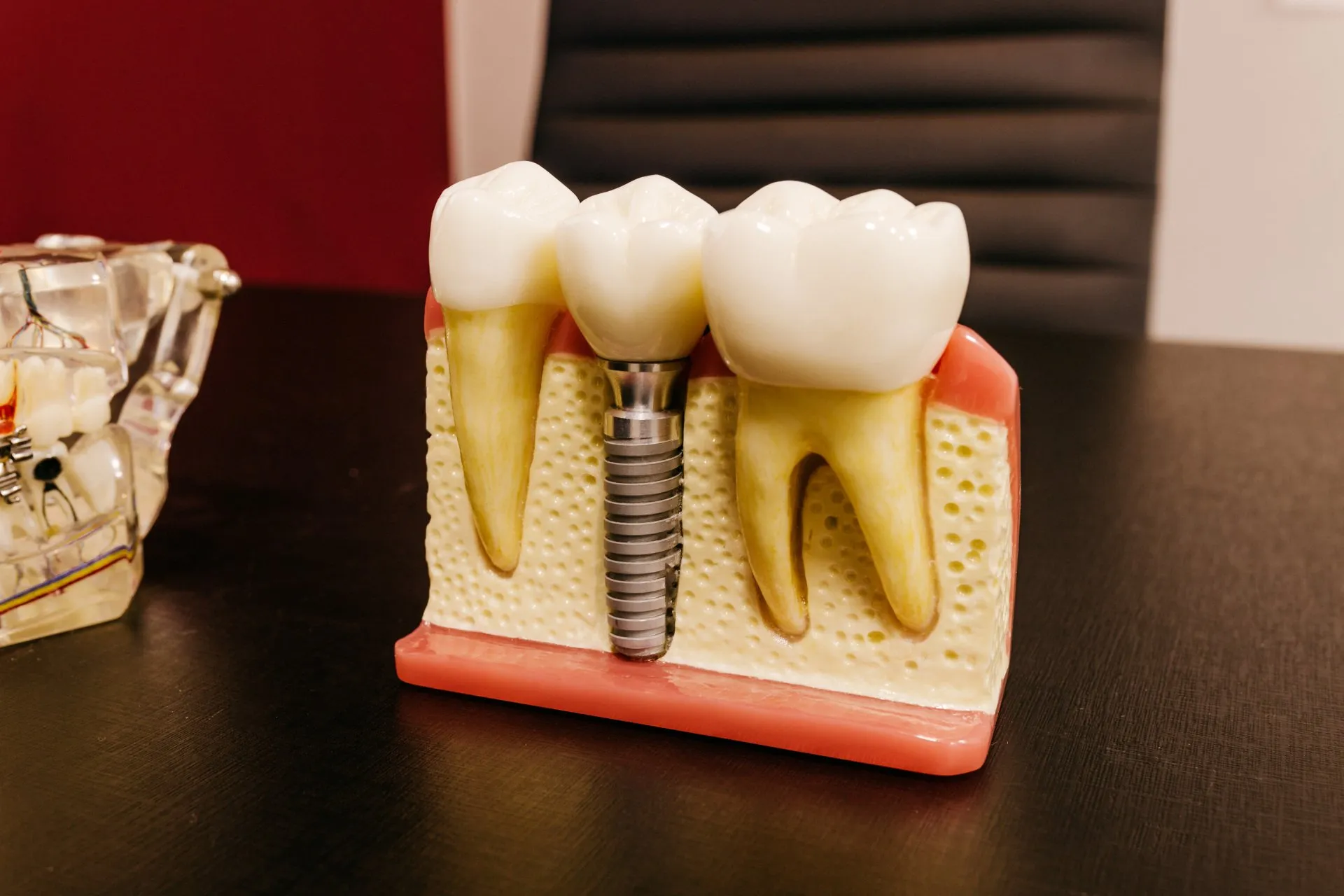Four Reasons Why You Might Want to Remove Your Wisdom Teeth
Did you know that wisdom teeth got their name because they often make their grand entrance between the ages of 17 and 21 in most healthy adults? This is right around the time when most people transition from youth to adult and have had the ability to gain some “wisdom”. Besides highlighting the age of a new adult, these third upper and lower molars can bring some unpleasant moments with them.
Wisdom teeth appear like any other tooth in the mouth and can theoretically thrive for the entire lifespan of a person. However, this is certainly not always the case. For the majority of people, wisdom teeth can be quite disruptive. This is why we see so many patients opting for the removal of these nonessential molars. We took the initiative of putting together a list of the top four reasons why you might want to remove your wisdom teeth.
1. Lack Of Space In The Mouth

2. Partial Break Through Of Wisdom Teeth
3. Wrong Angle

4. Increased Risk Of Cavities And Gum Disease
Wisdom teeth grow in the very back of the mouth. It is quite challenging to reach that area and properly clean out these sneaky molars. The risks of cavities and gum disease increases because these teeth are so hard to reach with toothbrushes and dental floss. If you are consistent with your bi-annual dental cleanings, this might not pose a problem for you. However, if you are not able to make those scheduled visits then it is quite likely that cavities and gum disease will become an issue. In this case, removing the wisdom teeth is the best option.
It is not impossible to have wisdom teeth without any altercations. Having said that, it is more likely to experience difficulties from wisdom teeth than it is to have a smooth ride with them. We always recommend that our patients begin to check their wisdom teeth early on before they come out. We would ideally monitor their progress when our patients are between the ages of 16 and 19 years old. This can be done through x-rays and will provide us with ample time to come up with a strategy that will avoid any issues that wisdom teeth can cause.
We understand that not everyone is able to monitor their wisdom teeth so early on. We are also able to help you if your teeth are already out or just beginning to break through. If you are uncertain as to the status of your wisdom teeth and what steps you should be taking, please call our office to book an appointment with our team. We are here to help you!




